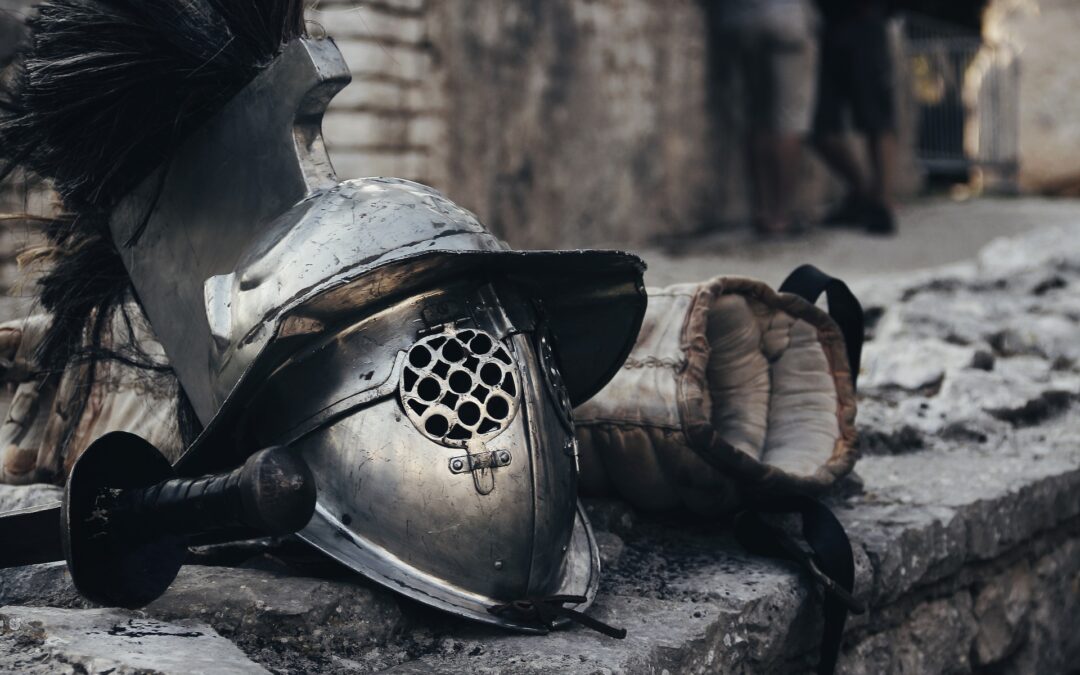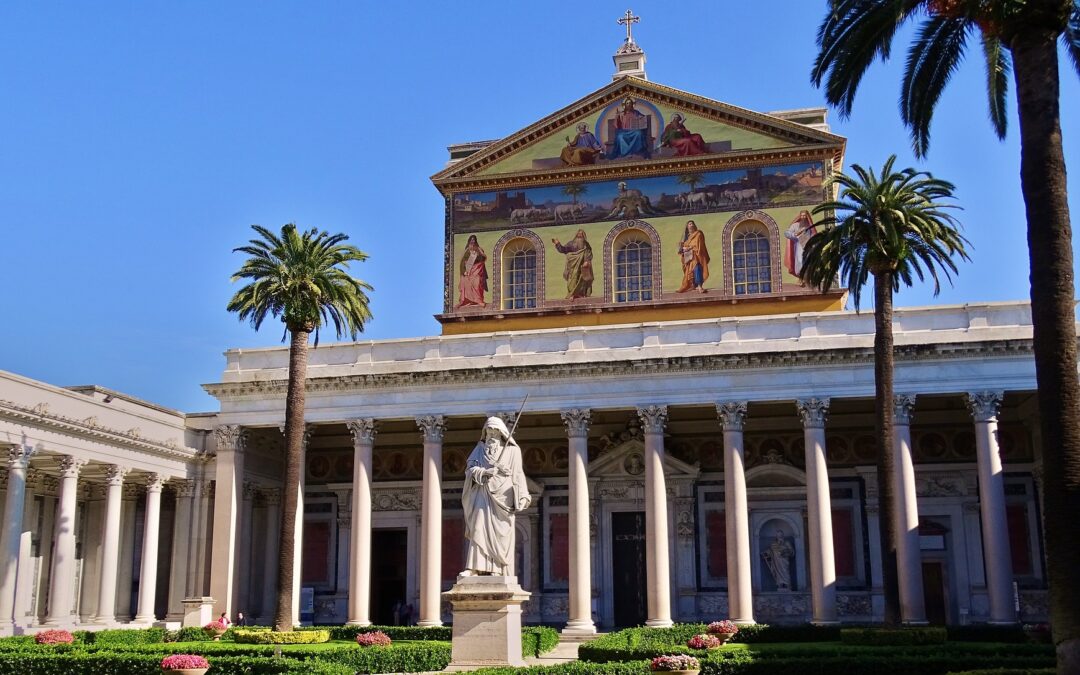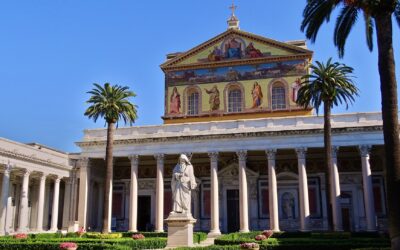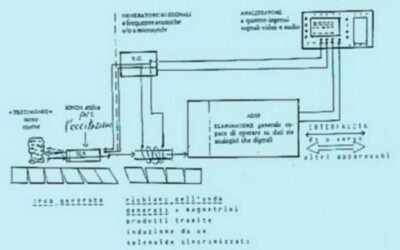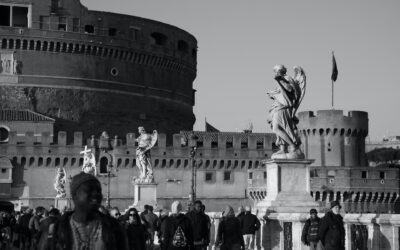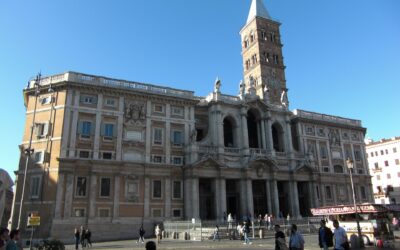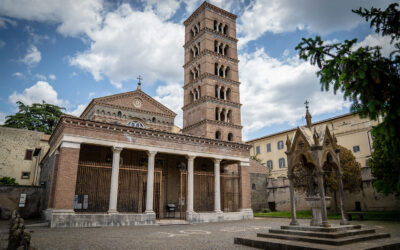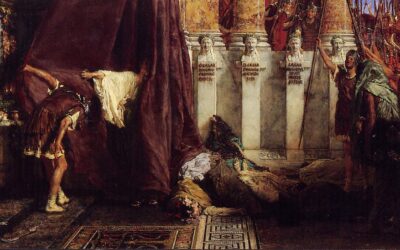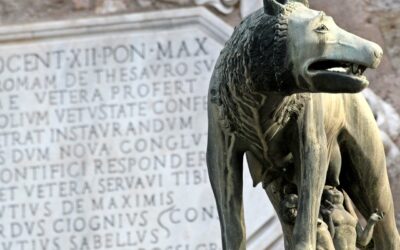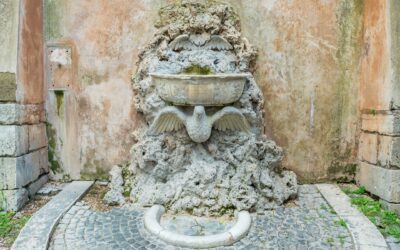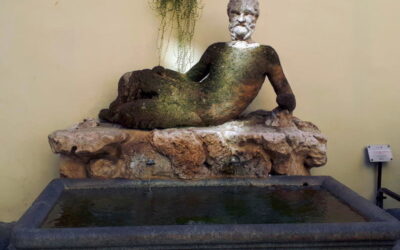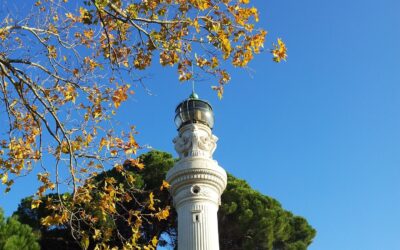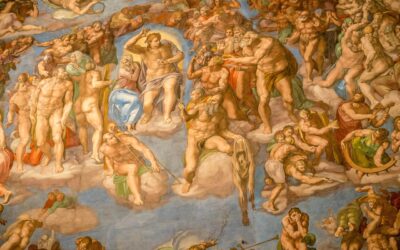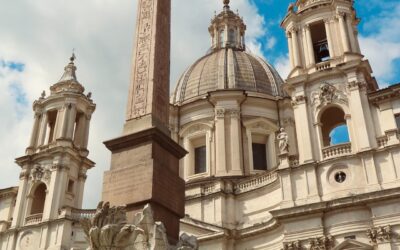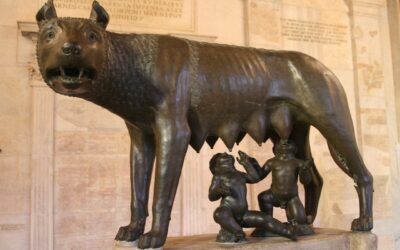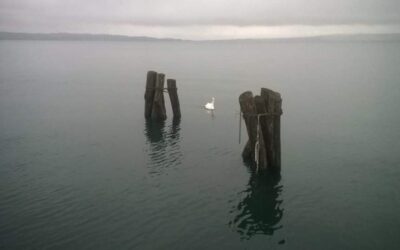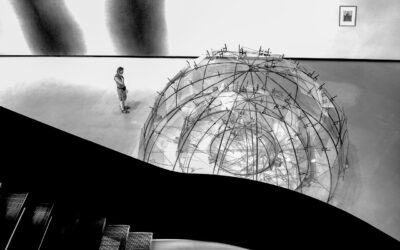The ancient Romans were known for their grand spectacles and entertainment events, which captivated the masses and showcased their power and opulence. Among the most famous events were the gladiator fights in the Colosseum, the naumachiae in Piazza Navona, and the horse races in Circus Maximus. This essay will delve into these three extraordinary forms of entertainment, examining their historical context, significance, and the experiences of the spectators.
Gladiator Fights in the Colosseum
The Colosseum, also known as the Flavian Amphitheatre, was an architectural marvel and the largest amphitheater ever built. Completed in AD 80, it served as the epicenter of gladiatorial contests and other public spectacles. Gladiator fights, or munera, were the most iconic and bloodthirsty events held there.
1. Historical Context
Gladiatorial combat originated as funeral rites in ancient Etruscan and Roman cultures, evolving into public displays of power and spectacle. Emperor Augustus regulated and institutionalized gladiator contests, using them to maintain control over the masses.
2. Structure and Organization
The Colosseum’s design facilitated the staging of gladiator fights. It could accommodate up to 50,000 spectators, and its subterranean chambers housed the gladiators, animals, and elaborate props. Elaborate sets, trapdoors, and ingenious mechanical devices added to the dramatic effect.
3. Types of Gladiators
Various types of gladiators entertained the crowd, each with their own weapons, armor, and fighting style. The retiarius armed with a net and trident, the secutor with a helmet and short sword, and the murmillo with a large shield and gladius were just a few of the many gladiatorial classes.
4. The Experience of Spectators
Spectators at the Colosseum were treated to an adrenaline-filled and often gory spectacle. They cheered for their favorite gladiators, becoming engrossed in the fight’s outcome. The atmosphere was charged with anticipation, and the audience reveled in the combination of bloodshed, heroism, and death.
Naumachiae in Piazza Navona
The naumachiae were spectacular naval battles staged in artificial arenas, most notably in Piazza Navona. These events brought the excitement of maritime warfare to the heart of Rome, allowing citizens to witness epic sea battles without leaving the city.
1. Historical Context
Naumachiae were initially inspired by the naval battles of ancient Greece and Carthage. Julius Caesar inaugurated the first recorded naumachia in 46 BC to commemorate his military victories, but the scale and grandeur of the events increased during the Roman Empire.
2. Construction and PreparationArtificial basins were created to stage the battles, often near natural water sources. These basins were filled with water, and elaborate sets and ships were built. Skilled craftsmen designed realistic warships equipped with weapons such as catapults and ballistae.
3. Dramatic PerformancesNaumachiae featured massive fleets of warships engaged in fierce combat. Skilled oarsmen maneuvered the ships while fighters engaged in hand-to-hand combat and archers rained arrows from the decks. The battles were accompanied by sound effects, theatrical lighting, and scripted narratives.
4. Audience ExperienceSpectators filled the stands surrounding the basin, enthralled by the unfolding naval spectacle. They witnessed the sights and sounds of naval warfare, including the splashing of water, the clash of swords, and the roar of the crowd. The events were a testament to Rome’s naval prowess and a source of great pride for the empire.
Horse Races in Circus Maximus
Circus Maximus, an enormous chariot racing stadium, was the heart of ancient Rome’s equestrian culture. It hosted thrilling horse races, attracting huge crowds and igniting fierce rivalries among the factions.
1. Historical Context
Chariot racing was deeply ingrained in Roman society and had religious and political connotations. It became a professional sport during the Roman Republic, and the factions that supported the charioteers, such as the Reds, Whites, Blues, and Greens, developed fervent followings.
2. Architecture and LayoutCircus Maximus spanned a vast area and could accommodate up to 250,000 spectators. The arena had a long, rectangular shape, with a central barrier called the spina. The chariots raced around the spina, which featured statues, obelisks, and other decorative elements.
3. Chariot RacesChariot races in Circus Maximus were exhilarating events, with charioteers steering their teams of horses at breakneck speeds around the track. Accidents and crashes were common, adding to the excitement. The number of laps and the rules varied, but the primary objective was to finish first.
4. Fan Culture and FactionsThe fan culture surrounding chariot racing was fervent and fanatical. Supporters of different factions passionately cheered for their favored teams, often forming rivalries and engaging in heated conflicts. The factions represented not only charioteers but also specific regions or social groups.
The gladiator fights in the Colosseum, naumachiae in Piazza Navona, and horse races in Circus Maximus represented the epitome of Roman entertainment. These events captivated spectators, providing them with thrilling, larger-than-life experiences. From the gruesome clashes of the gladiators to the grandeur of naval battles and the adrenaline-fueled chariot races, these spectacles embodied the power, culture, and extravagance of ancient Rome. Today, they stand as enduring symbols of the rich history and grandeur of the Roman Empire.


